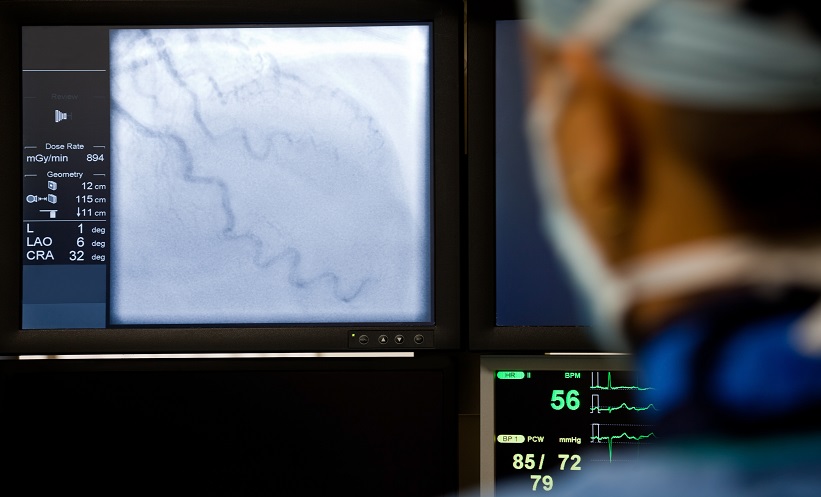BACKGROUND AND AIMS
The high incidence of bone metastases, particularly vertebral metastases, in patients with cancer and the limitations of conventional treatments are the main challenge for the interventional oncology specialty.1,2 Several percutaneous ablation techniques, including radiofrequency ablation (RFA) with vertebral augmentation (VA), have shown promising oncological outcomes.3-10 However, the use of straight needles in RFA has been a disadvantage for difficult-to-reach metastases.
The purpose of this study was to assess the effectiveness of a navigational steerable radiofrequency ablation device with concurrent VA in the treatment of posterior vertebral body metastatic lesions, which are technically difficult to access. Primary outcomes of the study were evaluation of pain palliation and radiologic assessment of local tumour control.
MATERIALS AND METHODS
The study included 35 patients who underwent minimally invasive CT fluoroscopy-guided percutaneous targeted RFA (tRFA) and VA for vertebral lesions from T1 to L5, with evidence of osteolytic or mixed metastatic lesions in the posterior vertebral body. Patients were classified into two groups according to the number of metastases located in the spine. A total of 21 patients (60%) had one or two metastatic lesions (Group A) and 14 patients (40%) had multiple (>2) vertebral lesions (Group B).
The minimally invasive procedure involved local anaesthesia, tRFA, and vertebral augmentation using ultra-high viscosity bone cement. Postoperative follow-up was performed with imaging at 1, 6, and 12 months to assess local activity and tumour progression. Pain severity was documented using a Visual Analogue Scale (VAS) the day before the treatment and at 1 week, 6 months, and 12 months after treatment.
RESULTS
Breast cancer was the most common primary tumour type. No neurological deficits were observed, and all procedures were well-tolerated without complications. Asymptomatic cement leakage occurred in 7.3% of treated vertebrae. No local relapse or tumour progression was observed during a median follow-up of 12.0 months for Group A and 10.5 months for Group B. The mean VAS score dropped from 5.7 (95% confidence interval: 4.9–6.5) before tRFA to 0.9 (95% confidence interval: 0.4–1.3) after tRFA, with no difference in the VAS score over time from 1 week up to 1 year after tRFA and VA. VAS decrease over time between 1 week and 1 year following RFA was similar, suggesting that pain relief was immediate and durable. Neither patients with 1–2 vertebral metastases nor those with multiple lesions showed radiological signs of local progression or recurrence of the tumour in the index vertebrae during a median follow-up of 19 months (4–46 months) and 10 months (4–37 months), respectively.
CONCLUSION
tRFA is a minimally invasive treatment that uses a steerable RFA device to target, heat, and destroy spinal metastases. The study found that tRFA with a navigation device, in combination with high viscosity vertebroplasty, can effectively control pain and tumour growth in patients with metastases also located in the difficult-to-reach posterior and the one-third of the vertebral body. The steerable navigation device allows for the precise placement of the RFA needle, which is particularly useful for reaching lesions close to the spinal cord or posterior vertebral wall. The study had some limitations, including a small sample size and retrospective design. However, the findings support the use of tRFA with a steerable navigation RFA device for the treatment of spinal metastases, particularly those located in difficult-to-reach areas. The study also highlights the importance of pain control in patients with spinal metastases, which can significantly impact their quality of life.








